Do headphones hurt your ears? We will teach you how to improve the comfort and fit of your headphones.
It’s every audiophile’s fantasy: to be able to wear headphones and listen to their favorite tracks for hours on end. No red-hot itchy ears and no head pain — that’s the dream!
But how can you turn this dream to reality?
Thankfully, there are many ways to ease the frustrating problem of uncomfortable headphones. If you are one of those who struggle daily with headphones hurting their ears, worry no more! Ear salvation is now on the way.
In this guide, we listed down different scenarios that the headphones could be hurting your ears and provided tips to solve these problems. Let’s dive in!
- “Headphones Are Too Tight”
- “Headphones Hurt My Ears”
- “Headphones Hurt the Top of My Head”
- “Headphones Hurt My Ear Cartilage”
- “My Inner Ear Hurts After Wearing Headphones”
- “Earbuds Make My Ears Itch”
- “My Ears Get Too Hot”
- “Headphones Make My Glasses Dig to My Head”
- Tips on Choosing Comfortable Headphones
- Conclusion
- “Headphones Are Too Tight”
- “Headphones Hurt My Ears”
- “Headphones Hurt the Top of My Head”
- “Headphones Hurt My Ear Cartilage”
- “My Inner Ear Hurts After Wearing Headphones”
- “Earbuds Make My Ears Itch”
- “My Ears Get Too Hot”
- “Headphones Make My Glasses Dig to My Head”
- Tips on Choosing Comfortable Headphones
- Conclusion
“Headphones Are Too Tight”
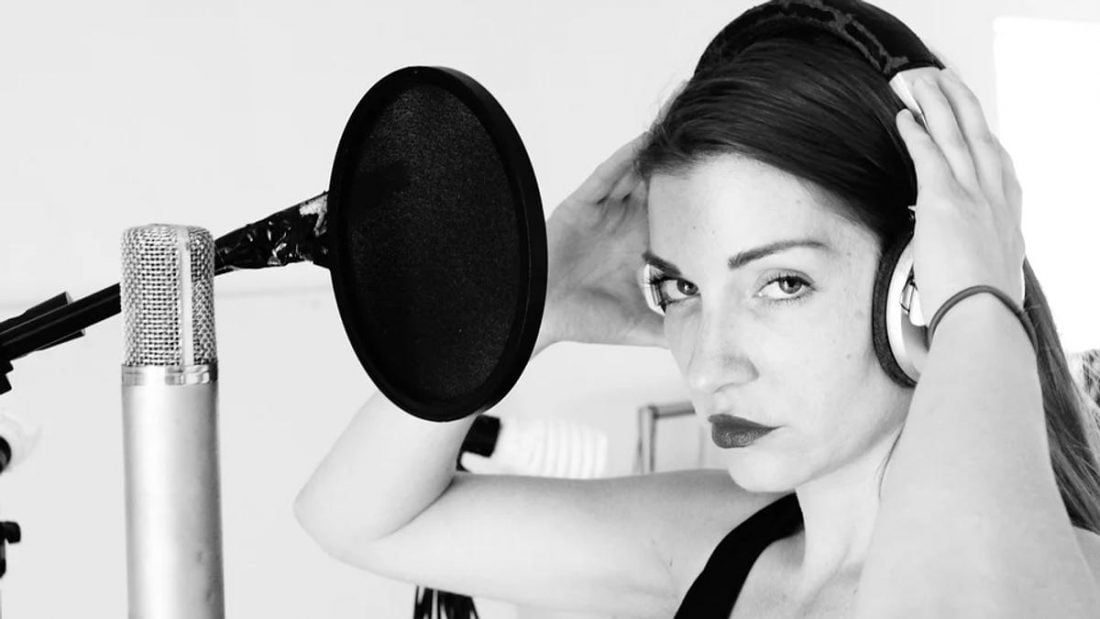
This problem involves over-ear and on-ear headphones. If you feel like your headphones are ‘too tight’, it’s because of your headphones’ strong clamping force.
The clamping force enables your headphones to cling to your head and stop them from falling off.
This is an important factor in securing your headphones in place. Yet, too much of it can result to extreme discomfort due to the excess tension it causes on your head. This pressure, when built-up due to prolonged use, may cause external compression headaches.
Stretch them out
If your headphones are too tight, the best way to deal with this is to stretch them out. To do this, follow these steps:
- Look for a sturdy thing that you can use to break-in your headphones. This can be a stack of books, a box, or anything stable and wide enough. Try finding something that’s about or a little wider than your head.
- Carefully stretch your headphones and pull the right and left ear cups away from each other.
- Let them rest in that position for about 24 – 48 hours. The thicker and stiffer the headband is, the longer setting will be.
- If the headphones still feel tight, you can either repeat the same process above or you can look for a wider device where you can further stretch your headphones.
Alternatively, you may also try stretching your headphones with zip ties. Find out more about this method by watching this youtube video.
“Headphones Hurt My Ears”

A great way to find a good quality product is to look at customer reviews. However, reviews aren’t accurate when it comes to comfortability and fit.
You may have encountered reviews saying that the headphones model is too uncomfortable. While another swears by its comfortability. Technically, both of them are telling the truth.
Here’s a quick discussion why:
All ears are unique
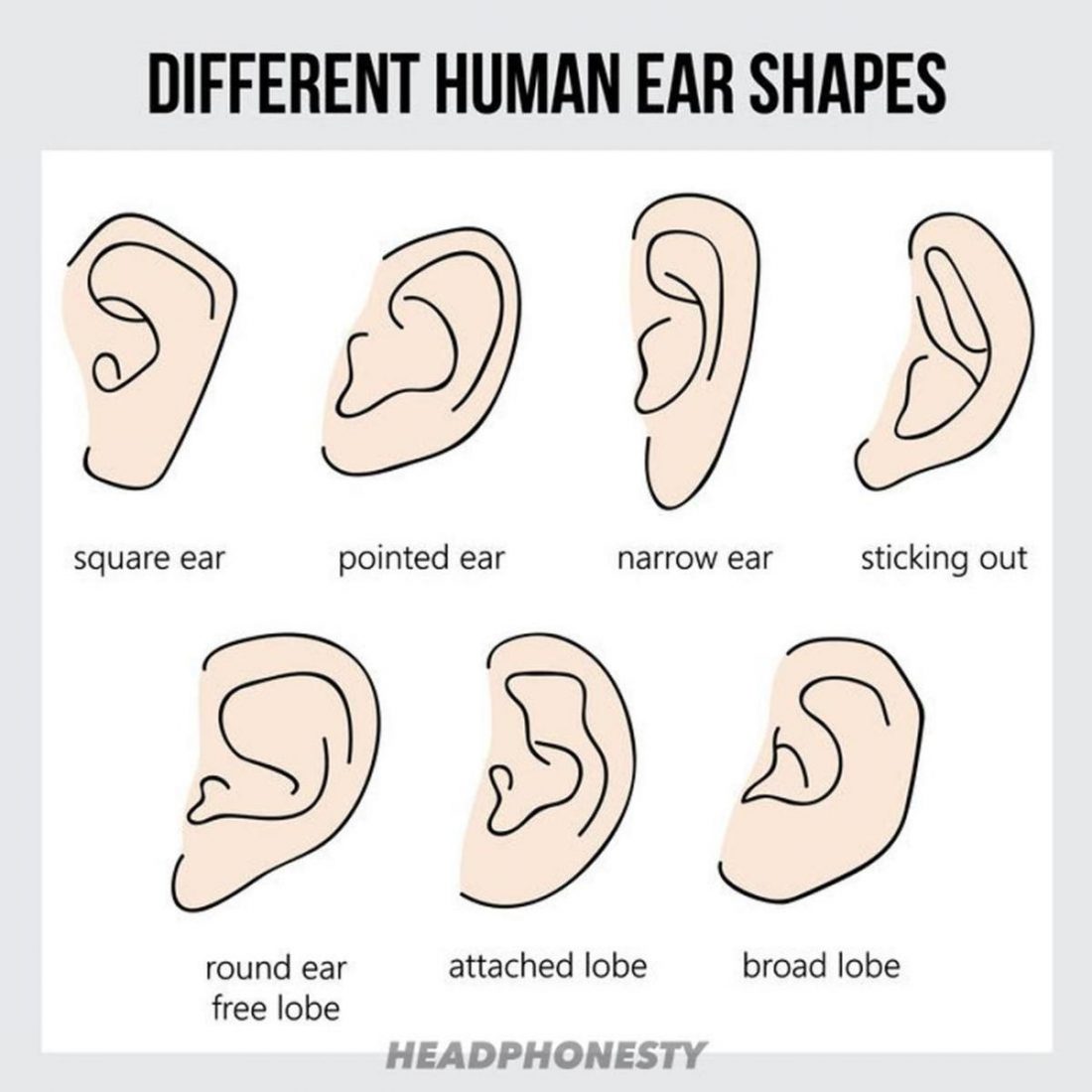
Most headphones in the market today are designed based on the prevailing average ear size and average head size. Essentially, most headphones follow the one-size-fits-all sizing standard.
However, it is an undeniable fact that the size and shape of people’s heads and ears vary greatly from one another. Research has even shown that each person’s ears are actually more unique than fingerprints.
Since all human ears and heads are unique, the standard sizing doesn’t necessarily work at all times.
People whose ear and head size markedly diverge from the prevailing average size will definitely experience varying levels of discomfort when wearing one-size-fits-all headphones.
However, having different sized ears or heads shouldn’t stop you from enjoying your headphones. To address this, follow these steps:
Find the right fit
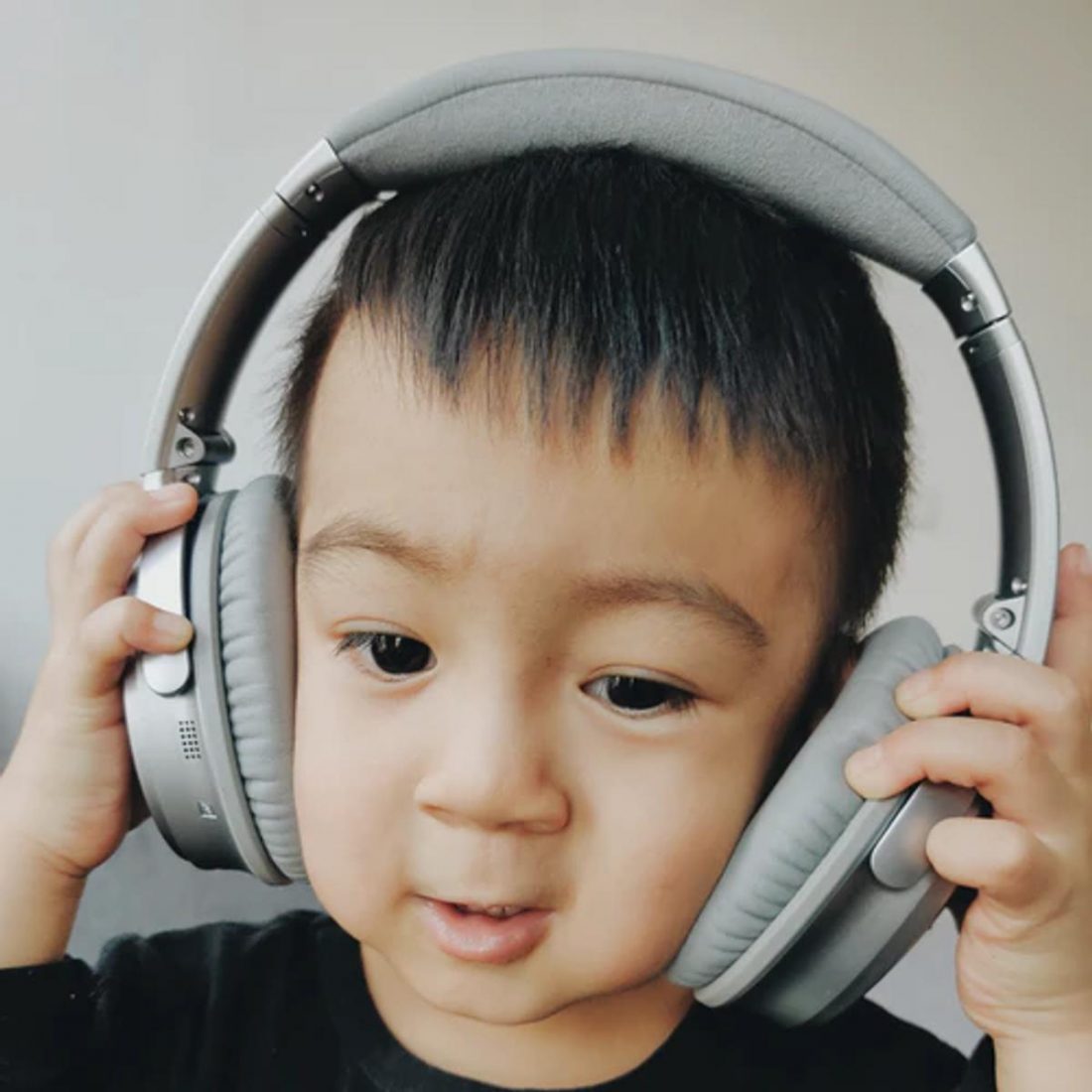
To find the right fit, nothing beats trying the headphones personally.
As much as possible, make sure to try the headphones on instead of simply browsing online. Check for their fit, how they feel, and if you think you’d be willing to wear them for long hours.
See headphones’ adjustability
Manufacturers tried to address this issue by including adjustable parts on their headphones. Make sure to try adjusting your headphones bit by bit to see how the fit and comfortability changes.
Below are some adjustable features that can help enhance the headphones’ comfortability:
- Earcup rotation – Rotating ear cups enhance the headphones’ comfortability by giving the users enough elbow room to adjust the ear cups according to the unique contours of their faces.
- Headband adjustment – Adjustable headbands usually refer to sliding hinges that elongate the headbands so users can position the headphones according to their head shape.
- Replaceable parts – Replaceable headphone parts include the headband, headband padding, ear pads, and sliders. Headphones with replaceable parts allow users to easily customize their headphones according to their preferences. So if the adjustable headband and ear cup rotation isn’t fixing the issue, it might be good to invest in some replacement parts.
Wear your headphones properly
Sometimes the problem simply lies on how you wear your headphones.
If you want to learn how to properly wear your headphones, you can check out this in-depth guide.
“Headphones Hurt the Top of My Head”
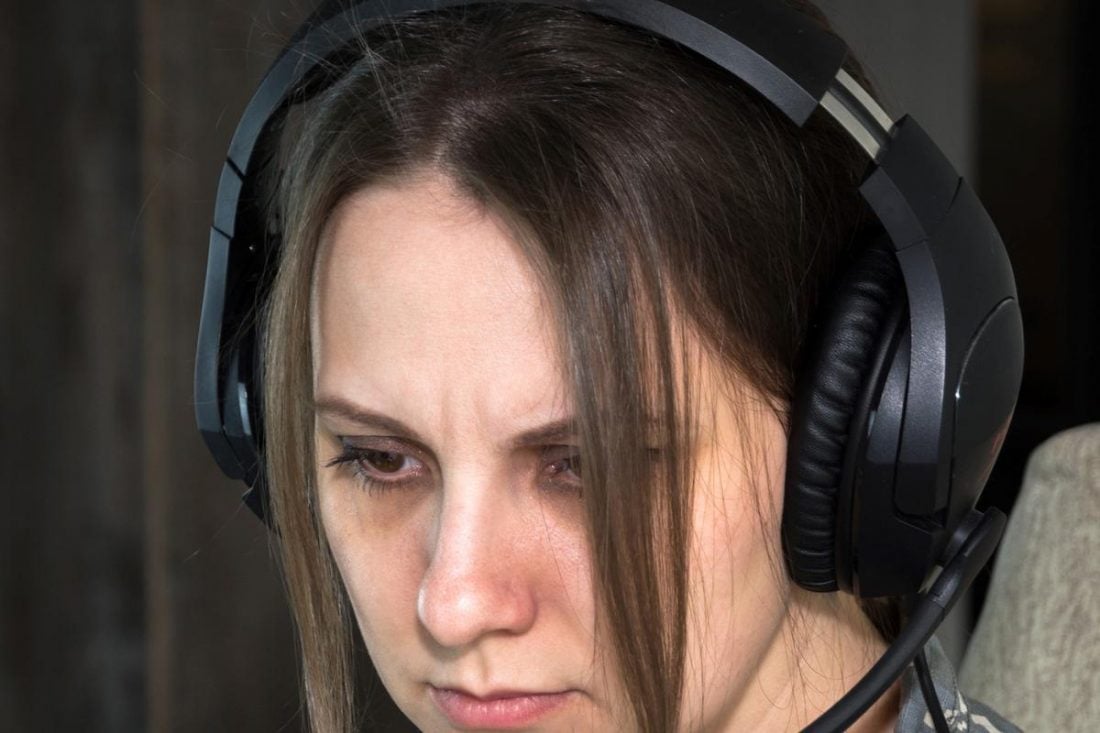
There are various reasons why you may feel sore at the top of your head when wearing headphones. Two of these are:
- Low clamping force – As discussed before, too much clamping force can hurt your ears. Conversely, having too little of it can also cause pain on top of your head. This is because headphones that are too loose forces the headband rest very firmly at the top of the user’s head.
- Headband Padding – As the headphones’ clamping force decreases, the need for a thicker headband padding increases, and vice versa. Therefore, insufficient padding may cause pain on top of your heads.
A thick and stable padding allows an even distribution of pressure on your head.
Here are the steps you can follow to rectify this problem:
Tighten the headphones
If your headphones feel too loose when worn, there is a common trick you can do to make them tighter. Here’s how it’s done:
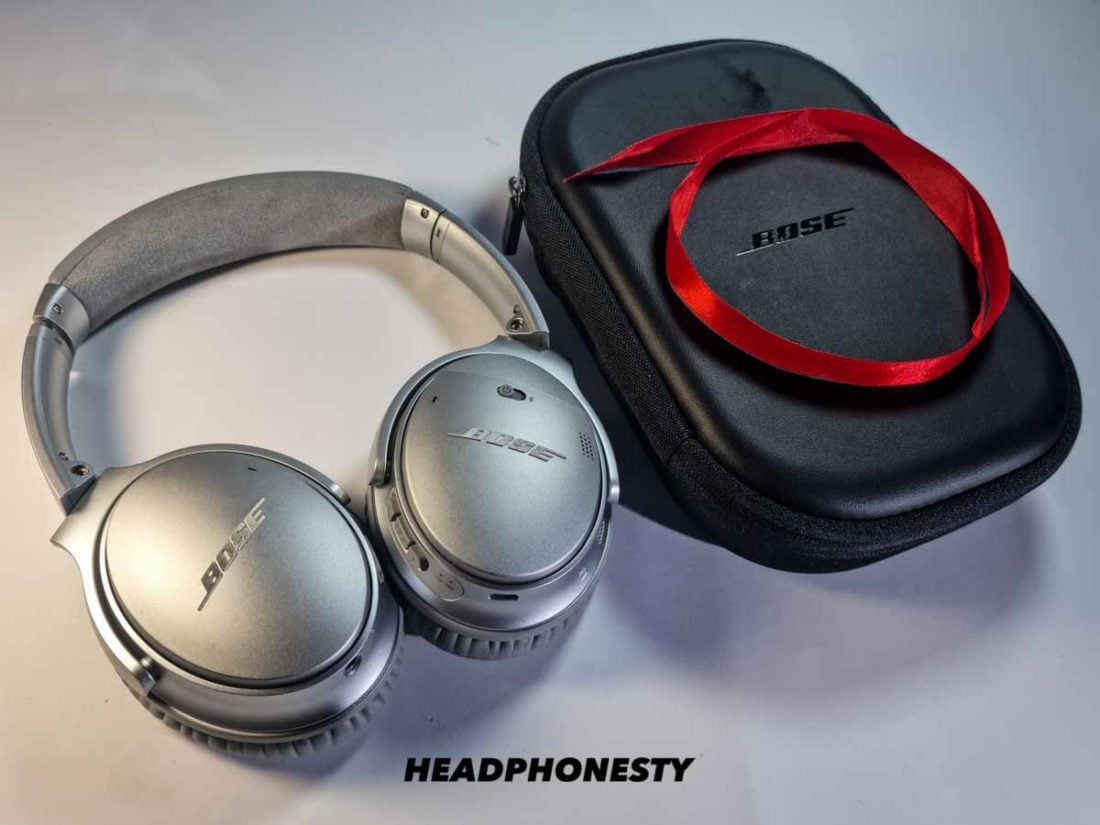
- Look for anything stable enough to hold your headphones in place. Choose one whose width is narrower than your head size.
- Carefully pull the one earcup away from the other ear cup. Place the headphones over the thing of your choice.
- Wrap a rope, cord, or cable around the headphones and tie it securely afterward. Alternatively, you may also use a durable elastic band.
- Leave the headphones to set for at least 24 hours. If after that, the headphones still feel loose, repeat the same process, and leave to set for another 24 hours. Keep repeating the steps above until you get to your headphones’ desired tightness.
Upgrade headband padding
If the discomfort still persists, you may have to upgrade your headband padding.
There are two ways to approach this. You can put on your DIY hat and make fun but cheap headphone padding. Or, you can simply opt to buy ready-made replacements.
If you want to learn how to make your headband padding, check out this detailed video tutorial.
However, if you’re not much of a DIY person and you’re looking for a quick and convenient fix, ready-made replacement headband paddings are great options.
To replace your headphones’ headband paddings, follow these steps:
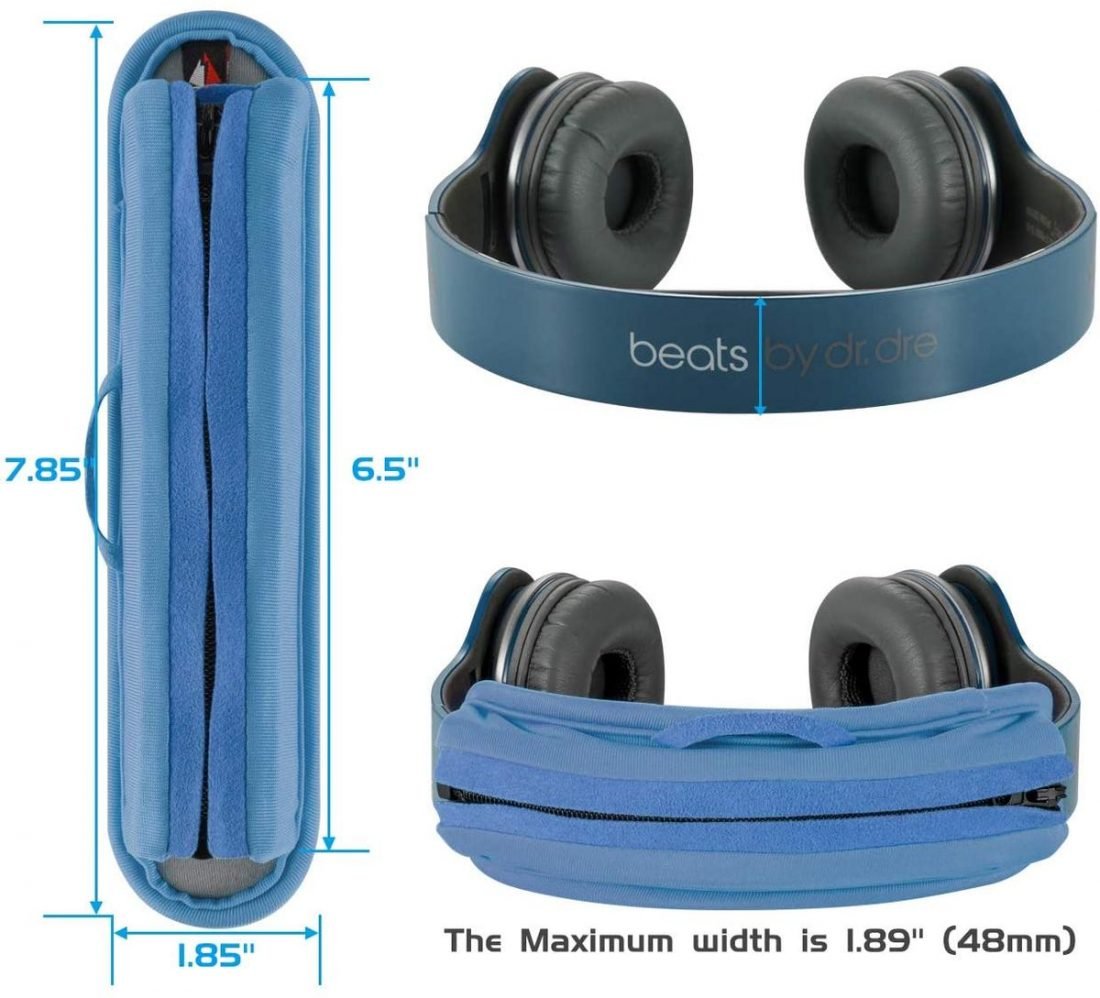
- Look for good replacement cushions. Make sure to check if the size of the replacement headband padding fits your headphones. If you’re not sure what to pick, TXEsign offers good universal replacement headband paddings that are compatible with most headphones. They’re made from high-quality materials such as lycra, microfiber, and neoprene. Also, their durable zipper closings make installations super-easy.
- Remove the old headband padding from your headphones. Take note that some headband paddings are easier to remove than others.
- For easy-to-remove headband paddings, you can check this video out.
- For not-so-easy-to-remove headband paddings, refer to this youtube tutorial.
- After removing the old padding, install the new headband pads. Most paddings are easy to install since they’re equipped with zippers. If your new headband padding is designed differently, further adjustments may be needed.
“Headphones Hurt My Ear Cartilage”

A shallow earcup padding results in a lack of sufficient support. And, ultimately, hurts your ear cartilage. This is more common for users with protruding ears. This is because headphone drivers tend to press against them.
This prolonged exposure to tension can make your listening experience painful and uncomfortable. In worse cases, this may also lead to scratches and skin inflammation.
Here’s what you can do to rectify the problem:
Add more ear cup padding
Ear cup paddings provide cushioning to the ear. Replacing them with thicker ones may help address the problem of headphones hurting your ear cartilage.
Here’s how to look for replacement ear cup paddings: :
- From the manufacturers – To ensure perfect compatibility of the replacement ear cups pads, opt for those that are specially offered by your headphones’ manufacturer. If they don’t sell replacement ear cup pads, the second best option is to look for third-party manufacturers.
- Find the right size and shape – Before buying the replacement ear cup pads, make sure that they are compatible with the size and shape of your current one. Search for ear cup pads that are compatible with yours by looking up your headphones’ model and measurements.
- Choose the material – Different ear cup materials offer varying levels of breathability, durability, and even sound quality. But for the best comfort, opt for ear cup paddings that are made from leather, velour, or microfiber.
The way to replace ear cup paddings depends highly on your headphone models and replacement of choice. For a detailed guide on how to replace your headphone pads, you can refer to this informative guide.
“My Inner Ear Hurts After Wearing Headphones”
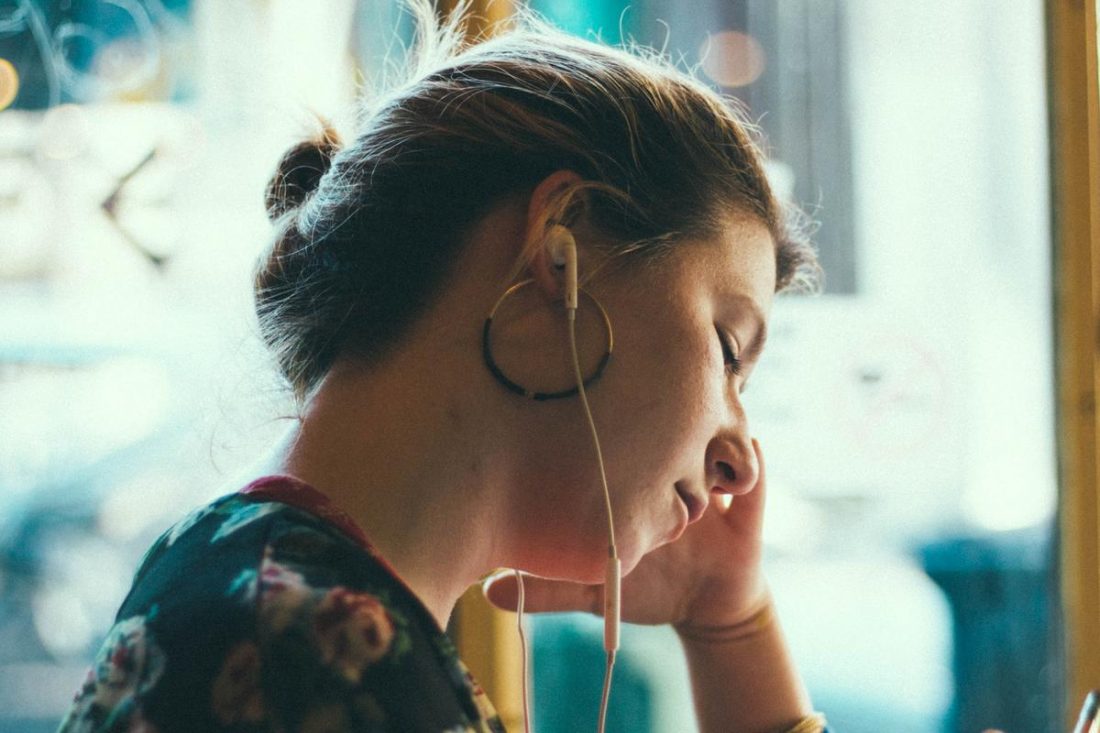
This is a common problem with earbuds and IEM users since they’re meant to sit nearer the inner ears.
Some of the most common reasons why this happens are:
- The in-ears are inserted too deep – Inserting your earbuds or IEMs too deep inside your ears may hurt your inner ears. Vibrations produced by the earbuds/IEMs can cause soreness, especially when the device is placed a little too near the eardrums.
- Incorrect ear tip size – This does not only affect the headphones’ sound quality and noise-cancellation properties. It can also cause pain and discomfort especially when the ear tips are too large for the ear holes.
- Using earbuds for too long – Prolonged use of earbuds can cause listener fatigue. Moreover, the ears aren’t exactly designed to accommodate earbuds/ear tips for a long time. The ears may tolerate earbuds and IEMs at the start, however, long-time use of these devices can hurt your ear cartilage.
Here’s what you can do to rectify the problem:
Find the perfect ear tips
Aside from ear tip size, ear tip material also matters when choosing the perfect ear tips. Although silicone ear tips are the most popular ones, ear tips made from memory foam are your best bets.
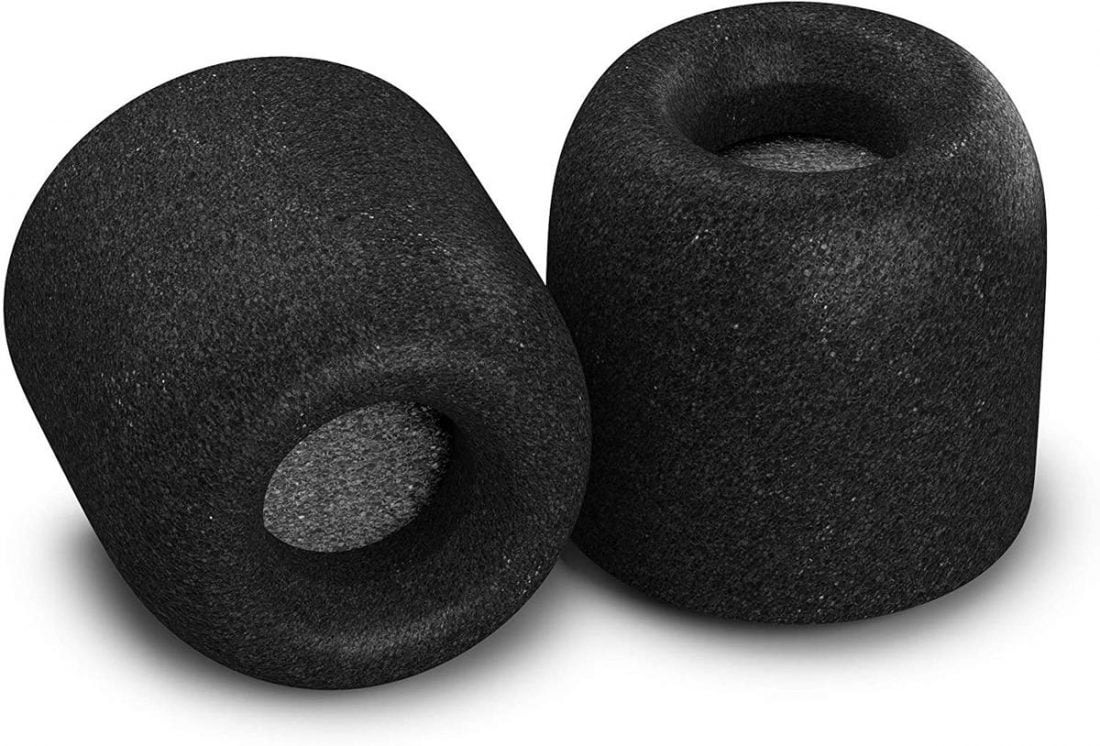
Comply Isolation Plus Tx-500 Memory Foam Tips are highly recommended. These ear tips are designed to provide a snug fit that seals out background noise and promotes an immersive audio experience. It’s also integrated with WaxGuard to help keep earwax away from the earphone’s nozzle.
If you want to learn how to select the perfect IEM and earbud tips, refer to this in-depth guide.
Let your ears rest
Our ears need rest just as much as our bodies need the same. If you use headphones frequently and for long hours, you may experience ear pain and soreness associated with listening fatigue.
Listening fatigue is a condition that causes tiredness, discomfort, pain, and loss of sensitivity.
Some of the most common causes of listening fatigue are:
- Sensory overload caused by too much audio stimuli
- Prolonged headphone listening
- Turning up headphone audio to volume levels that are dangerously loud for the ears
Not only does prolonged exposure to loud sounds/noises lead to listening fatigue, this may also lead to acquired hearing loss.
To prevent these, the National Health System (NHS) recommends at least 18 hours of quiet time. This audio break will help your ears recover from prolonged exposure to loud noises.
“Earbuds Make My Ears Itch”
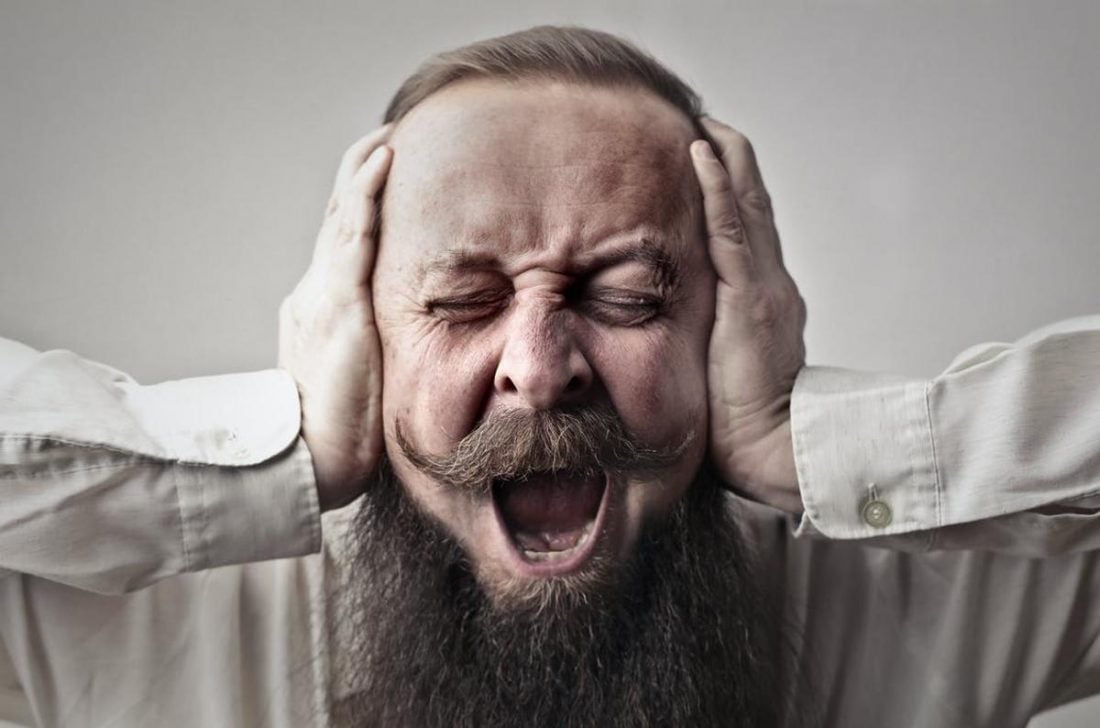
Itchy ears due to headphones, especially the earbud types, are more common than you might think. Headphones aren’t really the ones to blame for this, though. But, it’s still worth mentioning, since it also affects the users’ listening experience.
There are a lot of reasons why your earbuds can make your ears itchy. Here are some of the most common causes:
- Wax build-up – According to Dr. Abramowitz, the earbuds themselves don’t necessarily trigger the body to increase its earwax production. However, since earbuds are designed to make a seal between the ear canal and the outer ears, the restricted airflow resulting from this can cause earwax build-up.
- Ear infections – Everybody’s ear canals have wax and bacteria inside them. This is true whether you wear earbuds or not. However, people who do use earbuds are more prone to ear infections.
- Allergic reactions – Sometimes, a rash may occur when you place a foreign body (i.e. earbuds, hearing aids, etc.) inside your ears. This condition is called contact dermatitis.
Here’s what you can do to rectify the problem:
Keep your headphones clean
Maintaining proper hygiene is a must for everyone. For this, you should always check your headphones’ ear cups or ear tips for any wax/debris build-up.
To clean your headphones’ eartips, follow these steps:
- Dislodge your headphones’ foam/silicone ear tips.
- Using a soft toothbrush, gently scrape the ear tip’s wire mesh to unclog it of any debris or earwax that may have accumulated in it.
- Carefully but firmly tap the other side of the ear tip to knock some of the debris off.
- Slightly dampen a piece of clean cloth with disinfecting spray or isopropyl alcohol.
- Wipe the ear tip gently with the cloth.
- Repeat the steps above to clean the other ear tip.
If you want to try a more advanced cleaning method, this informative article can teach you how to clean your headphones like a pro.
Avoid sharing earbuds
The sharing of earbuds is not only unhygienic but it can also adversely affect your overall ear health. In fact, a study showed that wearing earbuds can cause an eleven-fold increase in bacteria build-up in the ear canal.
When you share your earbuds with other people, you run the risk of introducing new bacteria to your ear canal. This can lead to too much bacteria accumulating inside your ears. When this happens, ear infection will likely result.
What if sharing is necessary?
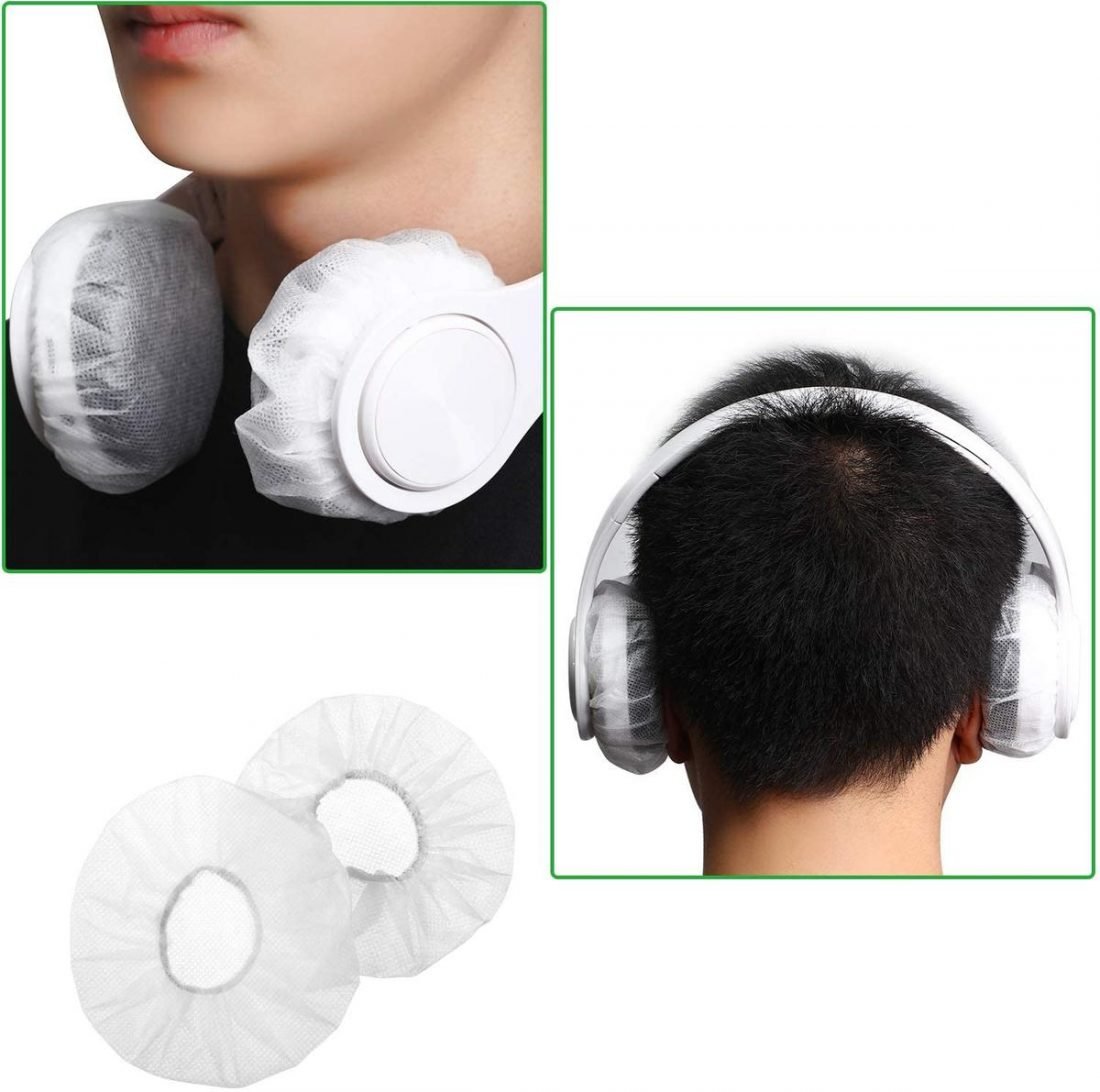
There are times when sharing headphones is absolutely necessary. What would you do then? For these situations, simply make sure to have disposable headphone covers on hand before lending your headphones to a friend in need.
Check for allergies
If you notice some itching, redness, or swelling in the area around your ears, this may be caused by allergic contact dermatitis.
Most headphones today are made from rubber and plastic. Unknown to some, rubbers and plastics are common sources of allergens. If you notice some itchiness around your ears, it’s always a good idea to have yourself checked.
“My Ears Get Too Hot”

One of the most important qualities of a good pair of headphones is that it has a good seal. This is because a good seal amps up the bass, and boosts its noise cancellation properties.
However, headphones with tight seals have their fair share of disadvantages. Tightly-sealed headphones restrict airflow and trap heat. This may cause the ears to get hot and sweaty, especially when worn during the warmer days of the year.
Earcup breathability
If your ears get too hot when you wear your headphones, your ear cups probably have poor ventilation due to its sealing properties. Earcup material and clamping force play essential roles in the headphones’ overall breathability.
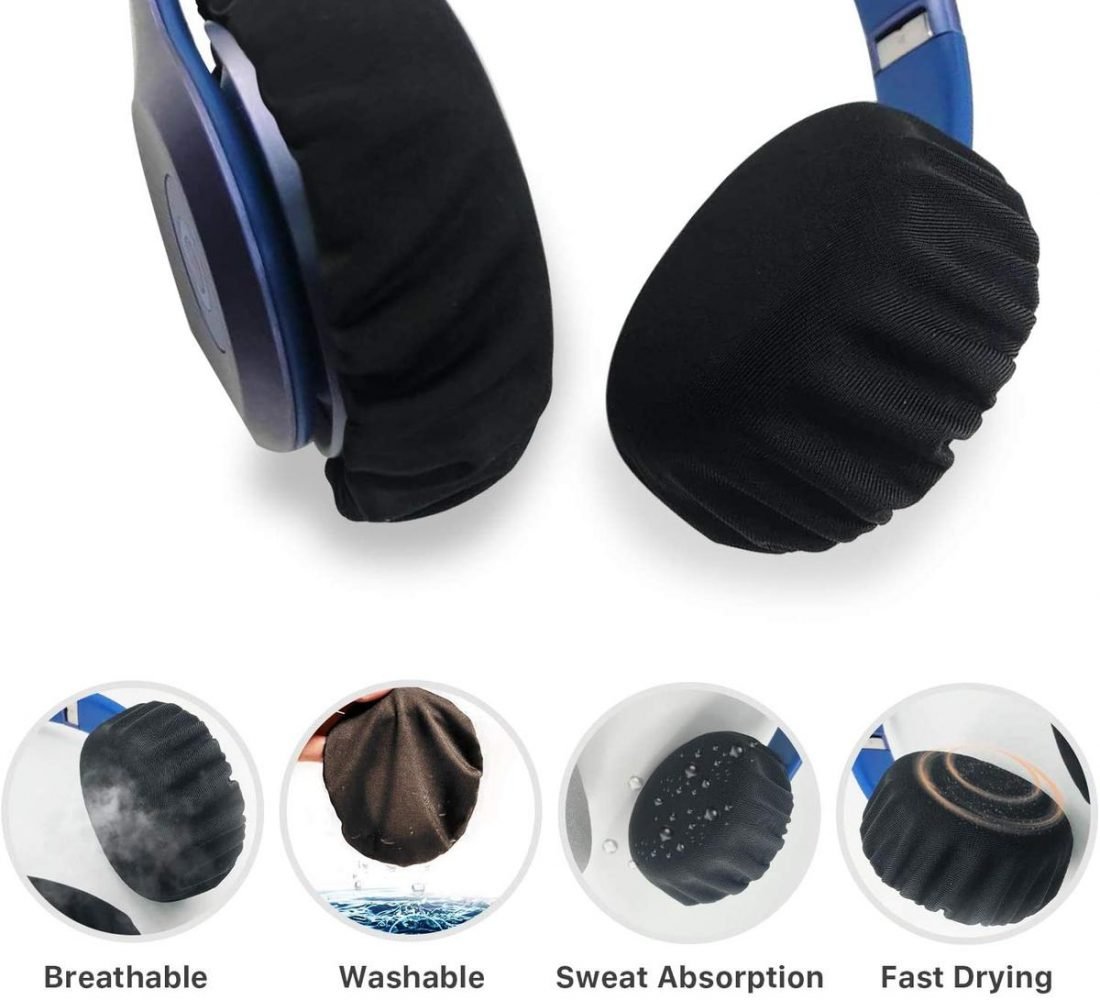
There’s still a never-ending debate on which ear cup padding material is the best overall. But the debate ends when it comes to ear cup breathability. Fabric paddings are still unrivaled.
However, remember that the more breathable the paddings are, the more air they let in. This affects the sound quality and noise cancellation properties of your headphones.
“Headphones Make My Glasses Dig to My Head”
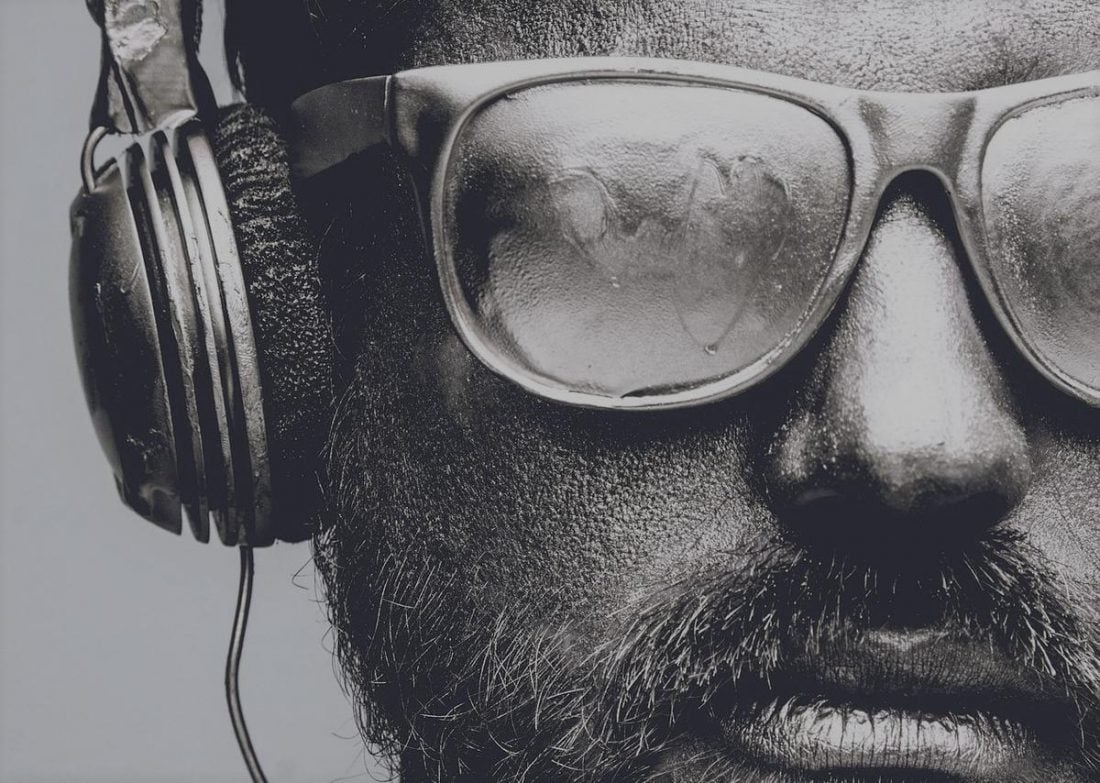
No one knows the pain and discomfort brought about by ill-fitting headphones like people who wear glasses and headphones at the same time. If you’re one of them, you’ll definitely relate to the following:
- The temples of your eyeglasses leave unsightly marks on your face when you remove them.
- The clamping tension of your headphones adds pressure to your eyeglasses.
- You may sometimes feel like your face is getting squished.
Luckily, there are simple fixes to this problem. Refer to this guide if you want to learn how to comfortably wear glasses and headphones at the same time.
Tips on Choosing Comfortable Headphones
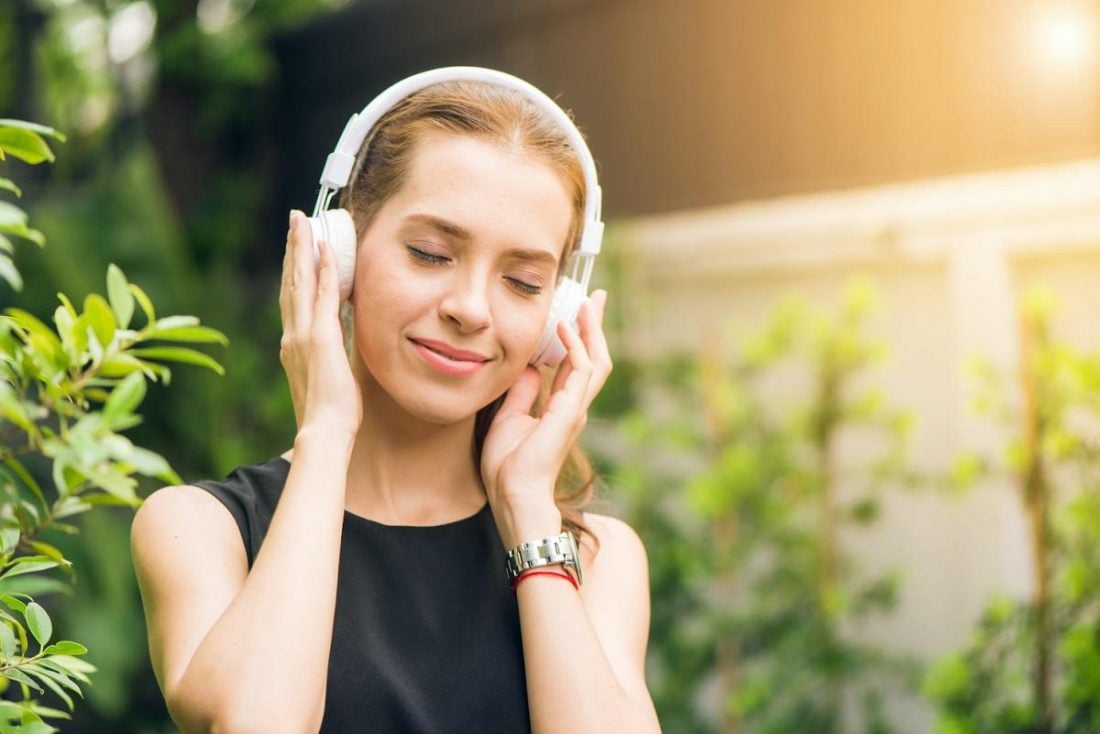
If you are still struggling with uncomfortable headphones, then getting a new pair may be the best option for you.
Here are the different specifications to look for when buying a new pair of headphones.
Weight
Headphones that weigh below 0.55lbs. are considered light while those that weigh above 0.75lbs. are considered heavy.
Lighter headphones won’t exert too much pressure on your head as opposed to heavier ones. They can give you long-lasting comfort even if you intend to use them for an extended period of time.
However, lighter doesn’t always mean better. You can buy headphones which are on the heavier side and still not compromise comfort. Just make sure to choose one that has sufficient padding to provide enough head and ear support. And distribute the headphones’ weight evenly.
Clamping force
You can objectively measure the headphones’ clamping force by using a special weighing scale. But, since everyone has varying head shapes this one is more of a subjective factor.
You will know if the clamping force is ideal for your head size and shape if the headphones do not feel too loose nor too tight when worn.
Padding
For over-ear and on-ear headphones, the ideal headband and ear cup paddings are those that feel thick, smooth, packed, and even. They should not feel wrinkly nor thin as paddings with these qualities tend to be flimsy.
Paddings made from real leather are best recommended for their breathability and durability. Those made from velour and microfiber are also good options.
Ear cup and ear-tip size
Ear cups: For the optimum comfort of over-ear headphone users, ear cups that sit not too shallow on the ears are recommended. Deep ear cups offer more stability and prevent the headphones’ drivers from rubbing and irritating the ears. Also, the larger the ears are, the larger the ear cups should be.
Ear tips: For IEM and earbud users, the ear tips should also fit just right. Since IEMs go directly into the ear canal, you should choose ear tips that are neither too large nor too small for your ears. For earbud users, choose an earbud size that sits comfortably on your concha.
Adjustability
The more adjustable parts the headphones have, the better they are. These kinds of headphones can give you more freedom to modify the fit and adjust the position of the headphones to better adapt to your features. Basically, the more you can customize the headphones to adjust to your preferences, the better.
Conclusion
Admittedly, finding a pair of headphones that reaches ideal levels of comfortability is hard. But with the right knowledge and the right approach, we can find ways to cut or lessen certain factors that make headphones uncomfortable.
So what are you waiting for? Try these tips and leave us a comment below if you did. We’d love to know how it turned out. Also, if you have other tricks up your sleeve, share them with us and let’s make the world a little better for our ears!
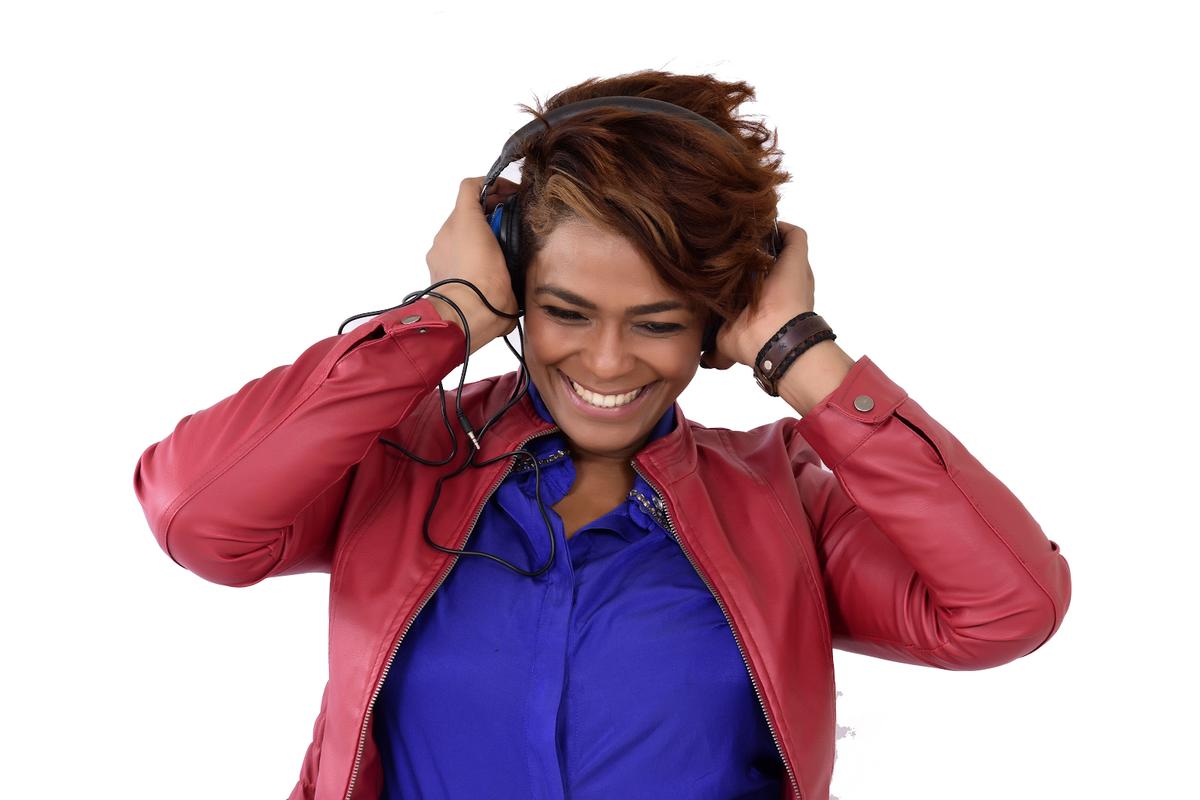
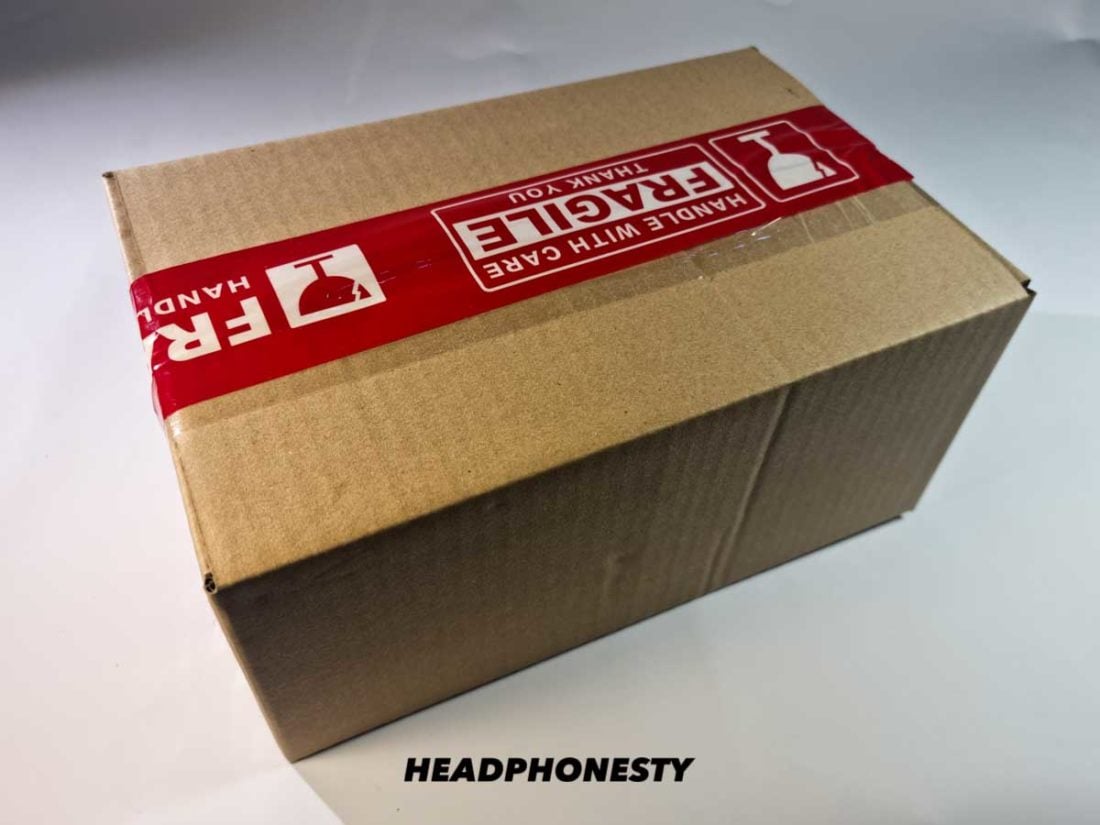
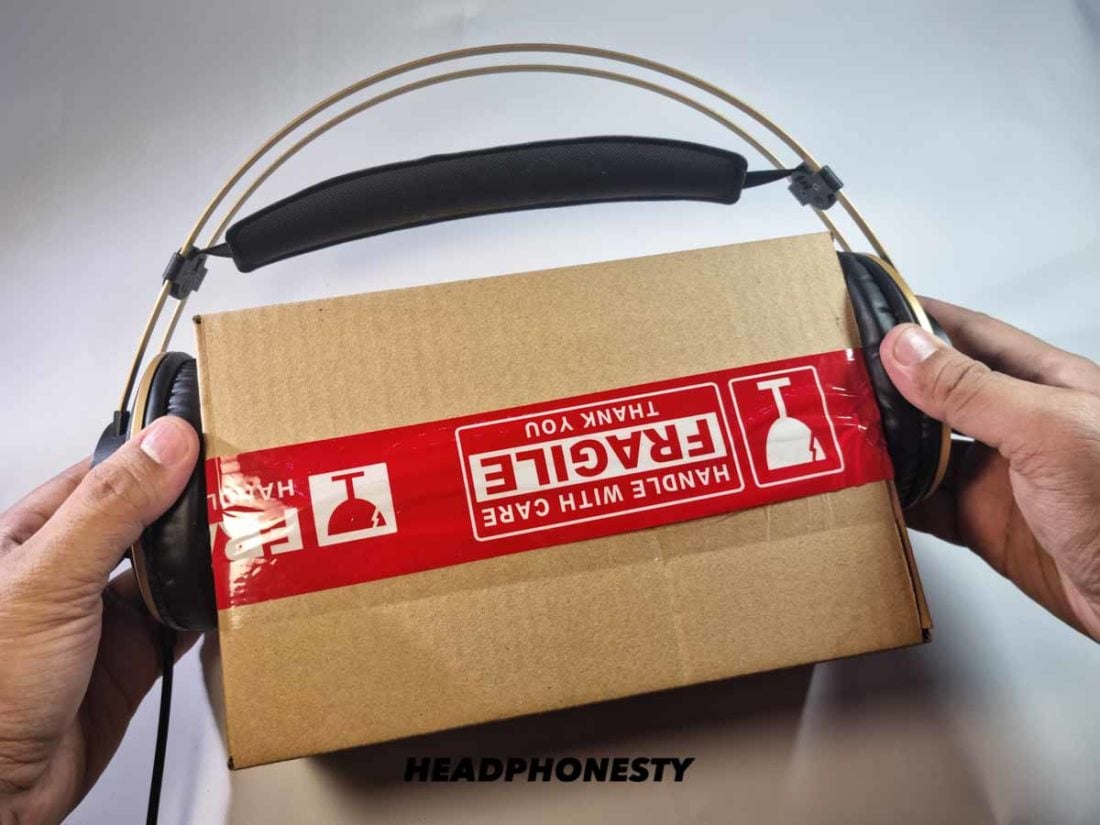
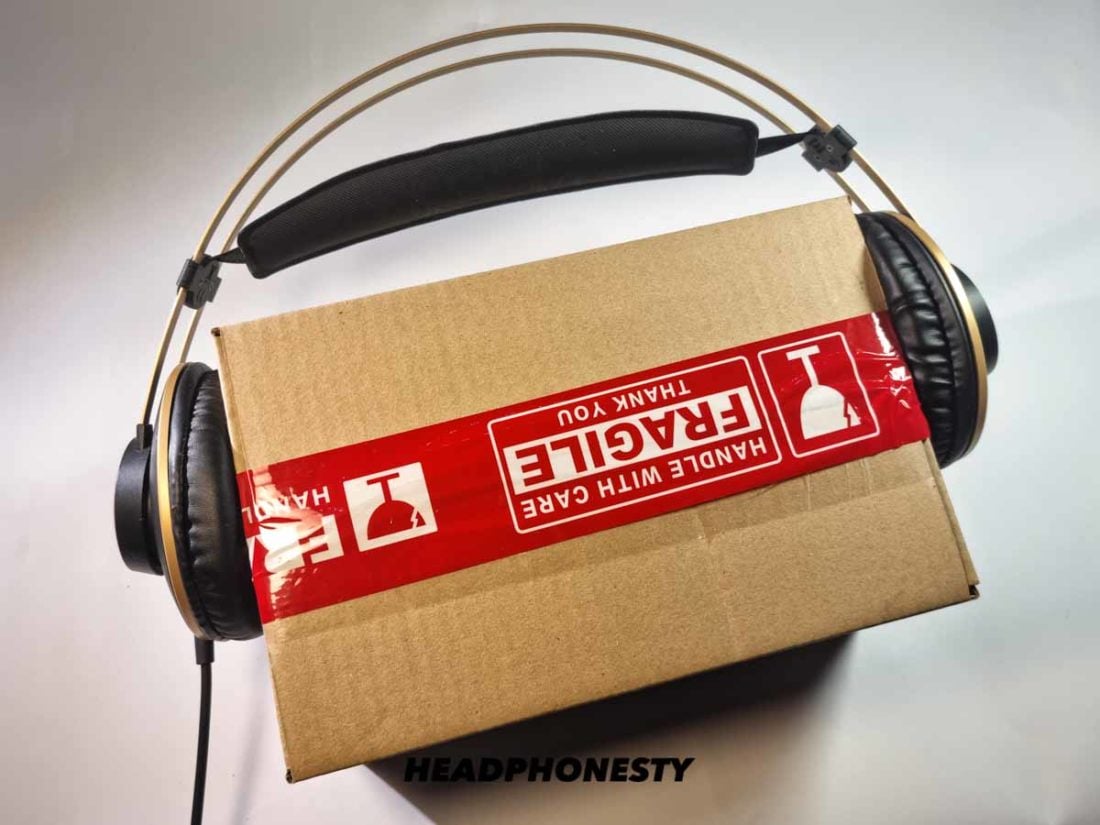
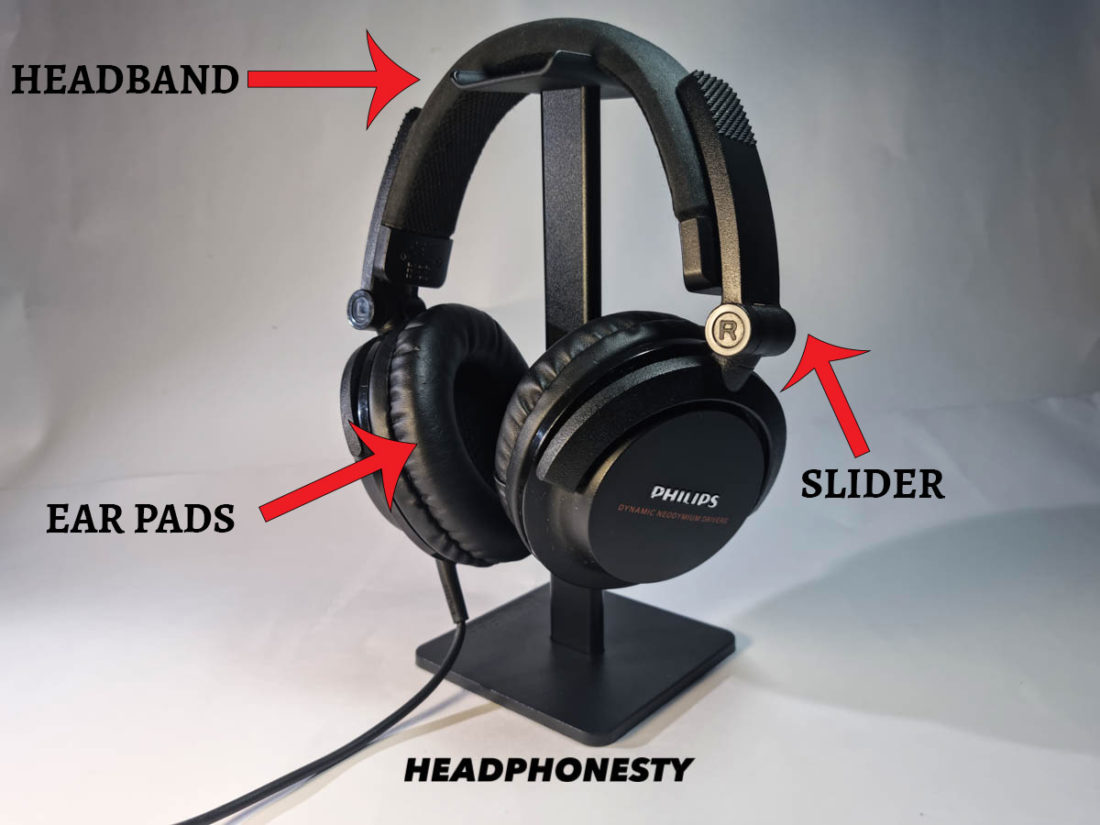
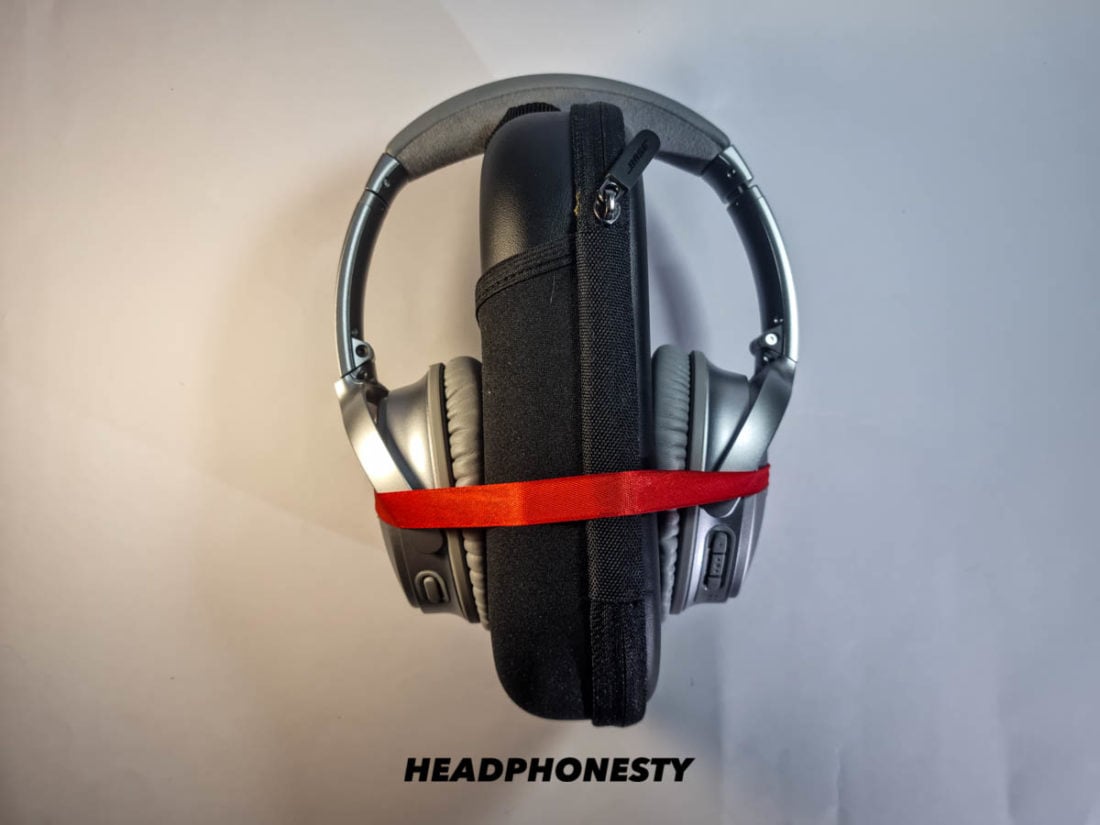
I tried both sony and bose but they are too big for my head
Headphones and ear buds require a good fit for best performance. There are not a one size fits all sort of headphone or ear buds. People have slightly different ears, and you have to choose what works for you. My ears never worked for buds or those ear buds that sit in the ear crevasses. I prefer around ear but have bought some light duty on ear headphones. I think it’s easier to buy a good sounding headphone pair then an ear bud that fits properly and sounds great.